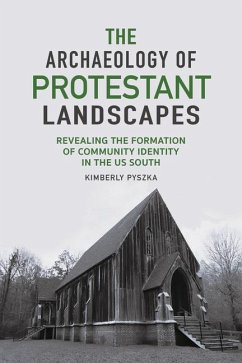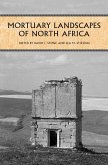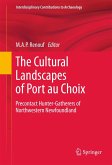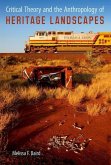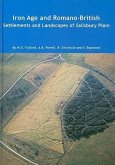"This is a work of historical archaeology in the American South focusing on religious institutions-two churches and a college-as they existed in the eighteenth and nineteenth centuries. Recently, historical archaeologists are considering more work on churches, churchyards, and cemeteries. Traditionally, the dearth of artifacts was a primary deterrent. Kimberly Pyszka notes that archaeologists have an increasing awareness of how these sites contribute to questions of identity, consumerism, trade, and colonialism, especially when using a landscape archaeology lens. Pyszka aims to demonstrate that select religious institutions used and modified natural landscape features to express their ideology, identity, goals, and social, religious, and political power. Where those structures were constructed, how they sat on the landscape, their architectural style, and their overall visual appearance were well-considered decisions made by religious leaders to benefit their organizations, communities, and, sometimes, themselves. A secondary goal is to show the social roles that religious organizations played in the development of communities. Pyszka connects back to those landscape decisions, specifically to how the architectural design of religious structures was used, intentionally or not, to unite people, often those of differing religious backgrounds. This contributed to the creation of a new common identity among people living in new and still-growing settlements, aiding in community development. She also wants readers to reflect on today's religious landscapes and the ways they are still used to express religious, social, and political ideology and identity"--
Hinweis: Dieser Artikel kann nur an eine deutsche Lieferadresse ausgeliefert werden.
Hinweis: Dieser Artikel kann nur an eine deutsche Lieferadresse ausgeliefert werden.

